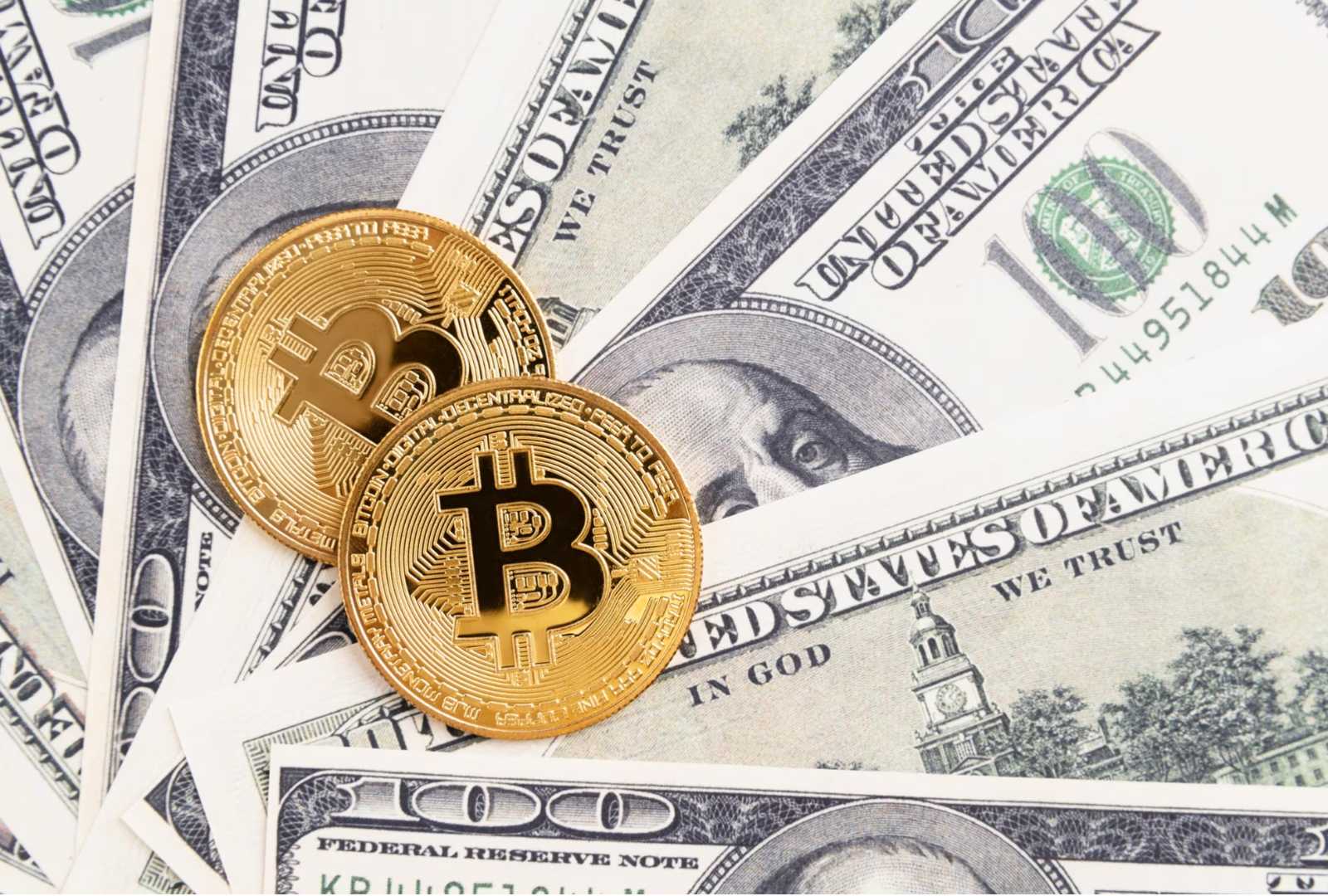In the grand theatre of finance, Bitcoin (BTC), the audacious digital upstart, and the U.S. Dollar (USD), the proven veteran, stand on opposite sides. They are seemingly incompatible players, united in an intricate financial ballet. This dance of BTC USD, framed by volatility and complexity, captivates audiences worldwide, charting a compelling narrative of the evolving world of money.
Understanding the Players: BTC and USD
Bitcoin, often shortened to BTC, is the trailblazer of cryptocurrencies, a defiant response to the grip of central banking. Conceived by cryptographers with a vision of decentralized finance, BTC seeks to redefine money in the digital age. Conversely, the USD is the cornerstone of traditional finance, a pivot around which global transactions and reserves revolve.
Decoding the BTC USD relationship is akin to navigating through the labyrinth of modern finance. It provides profound insights into how conventional and contemporary monetary systems intertwine, shaping the future of global economics.
Glimpse into the Rearview Mirror
Born from the ashes of the 2008 financial crisis, Bitcoin emerged as a provocative player, causing ripples across the financial sphere with its bold promise of decentralization and self-sovereignty.
Post World War II, the USD began its ascendancy to global economic dominance, becoming the cornerstone of international trade and financial reserves.
The Winds That Sway the Scales
Market forces are like puppeteers controlling the marionettes of finance. The supply and demand dynamics of Bitcoin and the USD are as distinct as their origins – Bitcoin faces a constant increase in demand against a limited supply, while the USD operates under the influences of geopolitical and economic stimuli.
The regulatory environment is akin to a tightrope that Bitcoin and the USD navigate. Government regulations worldwide aim to rein in the wild stallion that is Bitcoin, while they deftly calibrate the USD’s value in line with their economic agendas.
Investor sentiment is the volatile heartbeat of the market. This sentiment, influenced by a multitude of factors, can initiate a ripple effect, leading to notable shifts in the dynamics between Bitcoin and the USD.
Bitcoin’s potential to disrupt traditional financial systems and the USD’s entrenched role in international trade forms the backdrop of the global economic theater.
Amid the turbulent seas of inflation, Bitcoin serves as a potential lifeboat, offering a perceived hedge against the eroding value of traditional currencies.
The Pulse of Market Dynamics
The BTC USD pair’s dance plays out on the grand stage of various trading platforms, which shape the relationship’s narrative. The fluidity and volume of this pair play a critical role in the market dynamics.
Market speculation adds a layer of complexity to the Bitcoin and USD relationship, stirring the pot of volatility and influencing price movements.
The growing acceptance of Bitcoin within traditional financial systems and potential future scenarios form the next chapter in the BTC USD saga.
Technological innovations continue to steer the Bitcoin and USD relationship. These advancements, acting as catalysts, can cause seismic shifts in market dynamics and disrupt existing paradigms.
Conclution
The evolving financial landscape warrants constant vigilance of the Bitcoin-USD interaction. In the grand narrative of global finance, their performance is the heart-stopping act that keeps us on the edge of our seats.
In sum, as we sail further into the 21st century, the relationship between Bitcoin and the USD will continue to captivate us, offering a profound understanding of the shifts occurring within the financial cosmos.



